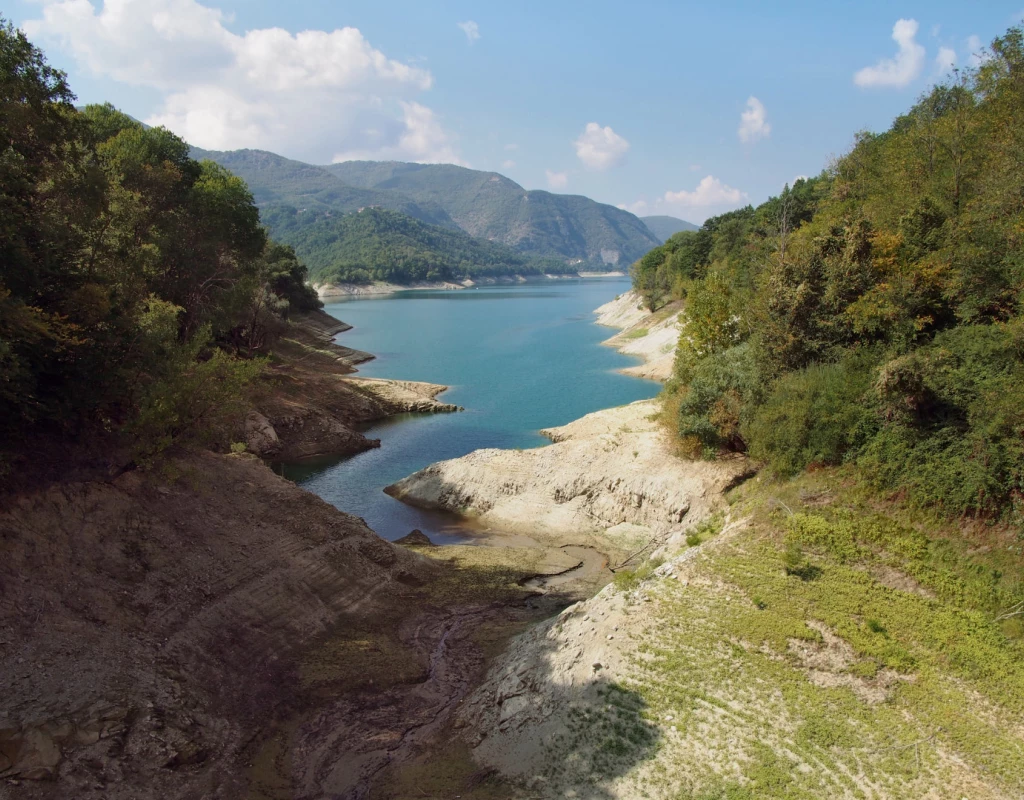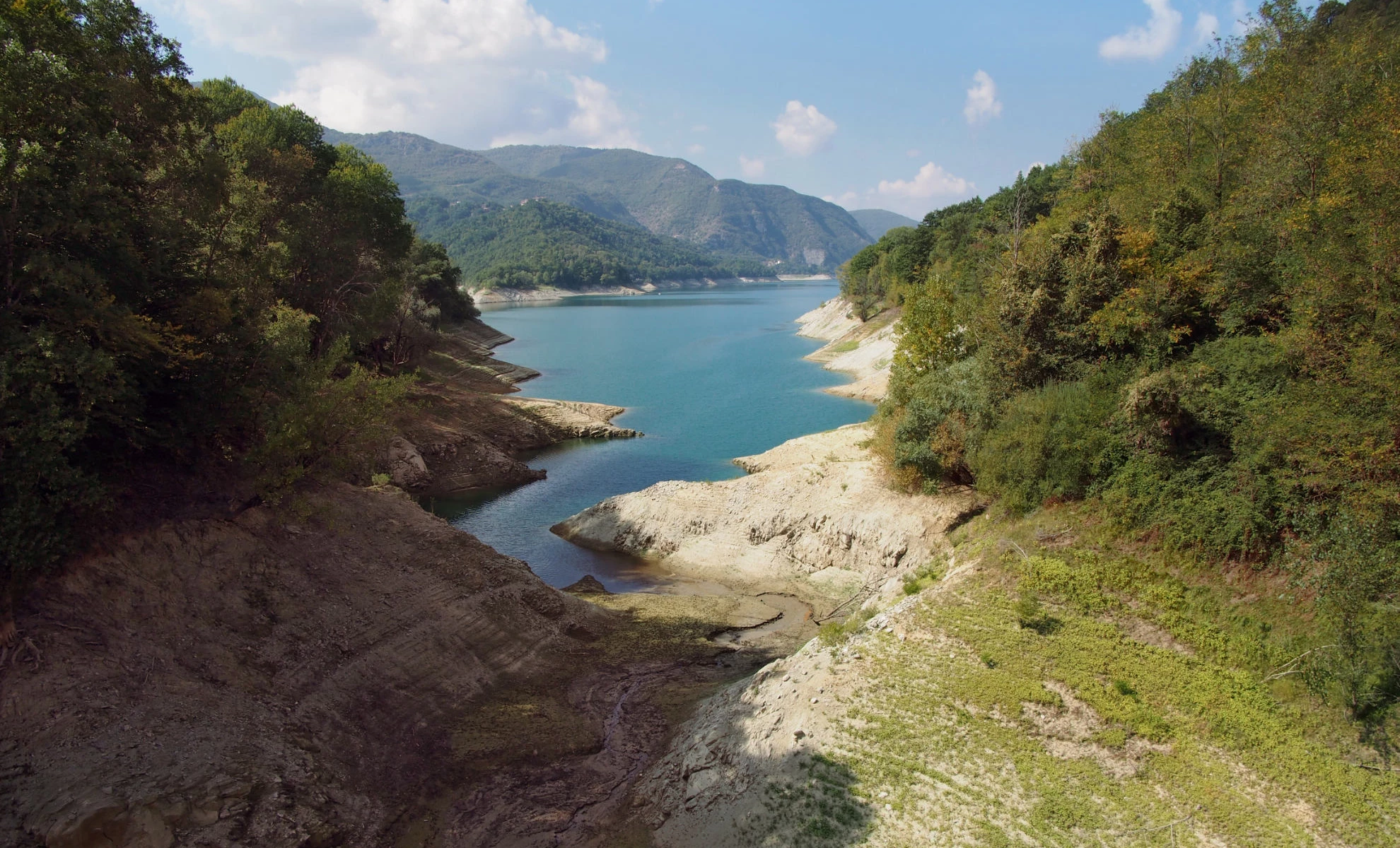Imagine you are in front of a body of water that looks like a green river, with jagged coasts and a series of Nordic-looking fjords. Imagine going from one bank to the other through bridges built ad hoc, especially at the end of the summer day, with the shades of sunset.
Ph. Ludovica Baratta
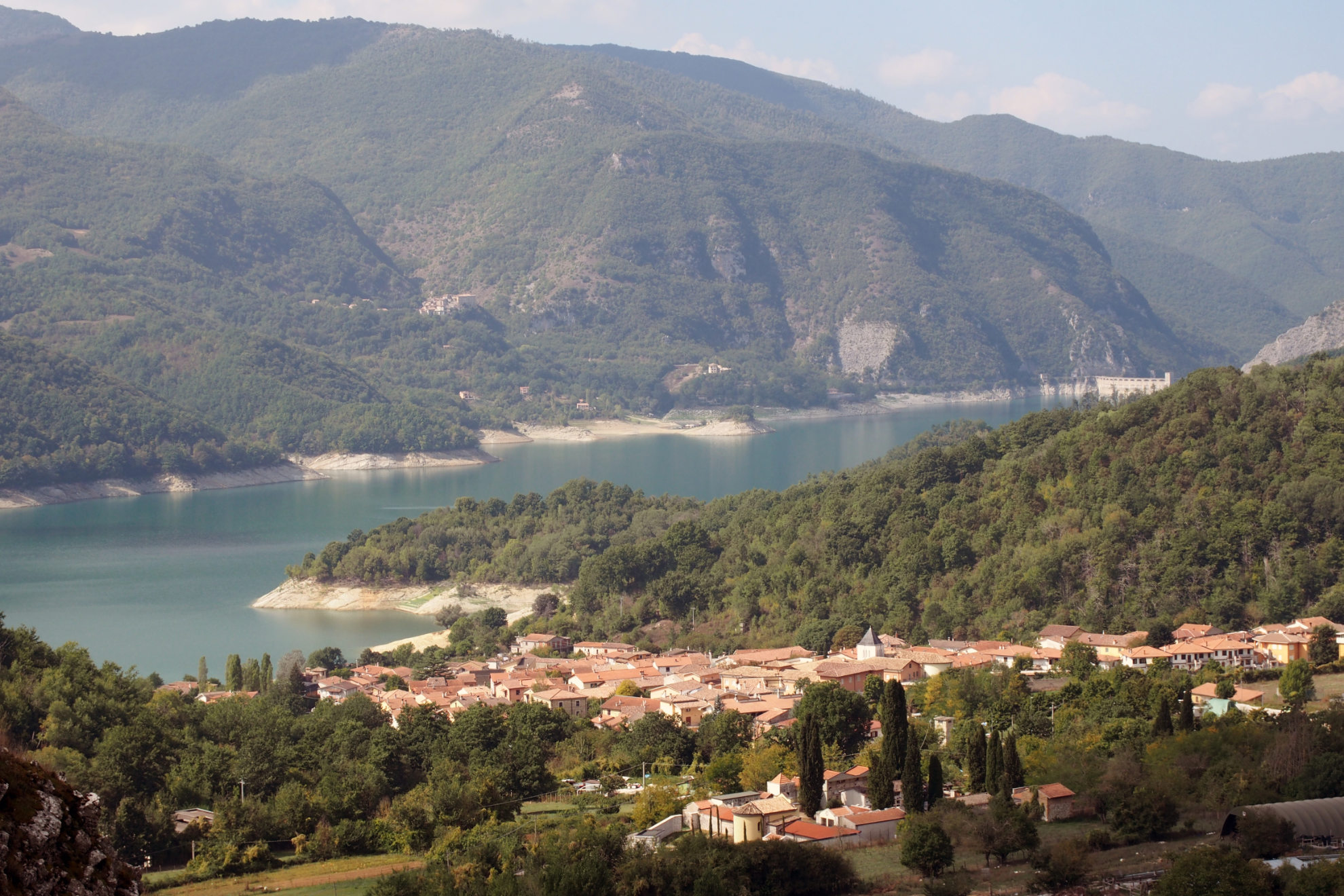
Imagine walking through oak and chestnut woods. Imagine sitting on the bank of a small beach to listen to the silence. Imagine that between the fjords are villages with an ancient atmosphere, made by stone squares, bell towers and short panoramic roads.
A place like this in Lazio really exists: it is in the province of Rieti. It is not a river, but a lake, that of Salto, the largest artificial basin in the region, born in 1940 from the damming of the watercourse of the same name.
Ph. Ludovica Baratta
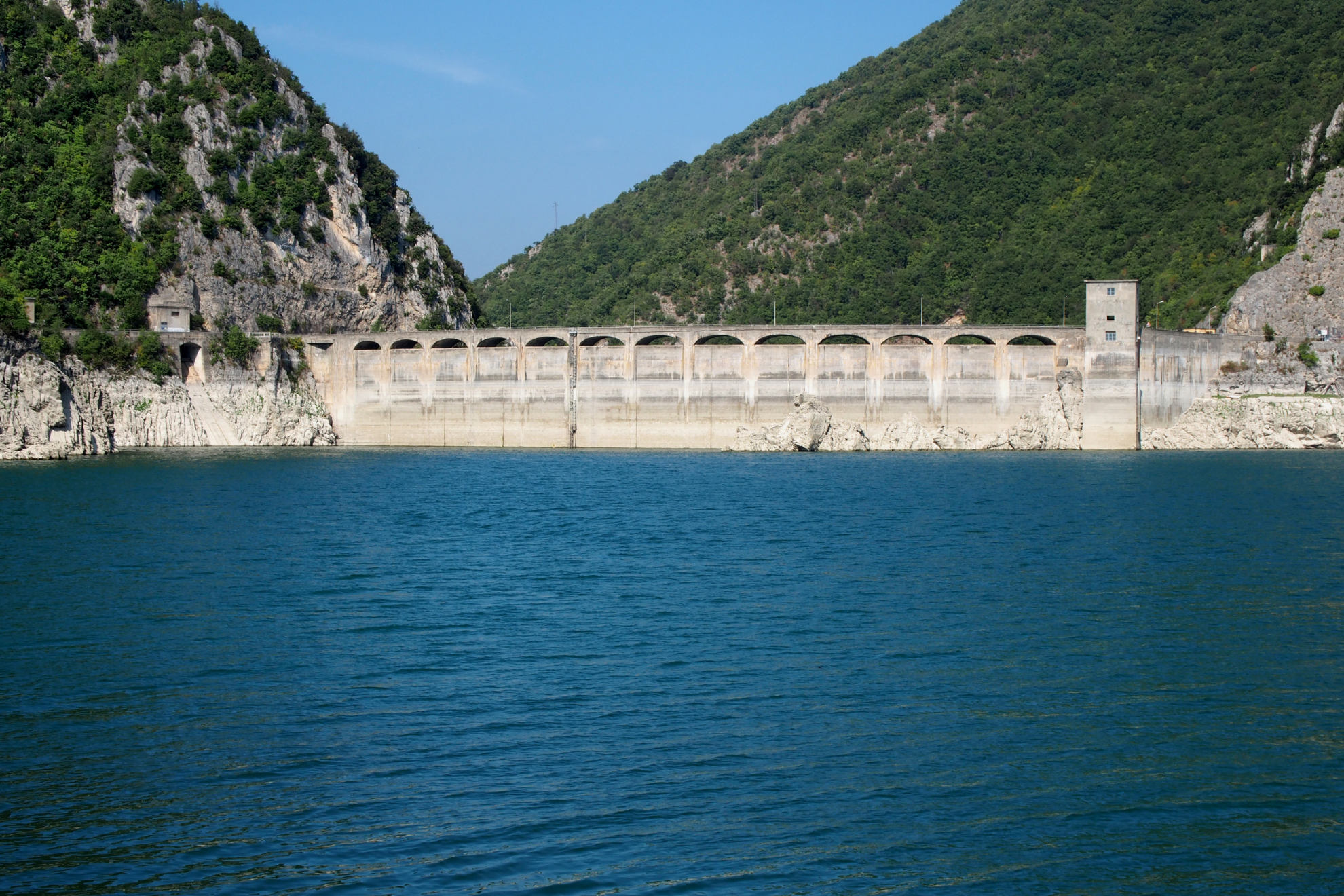
Lake Salto has a troubled history, because the works carried out to build the dam involved a radical change in the landscape, for which many people paid with their lives. Taglieto, Fiumata, Sant'Ippolito, Borgo San Pietro: all the villages in the valley were wiped out due to the flood and then rebuilt on the shores of the lake, following the raising of that 90-meter dam, at the time the largest in Italy. A small underwater world that one can’t help but imagine.
Ph. Ludovica Baratta
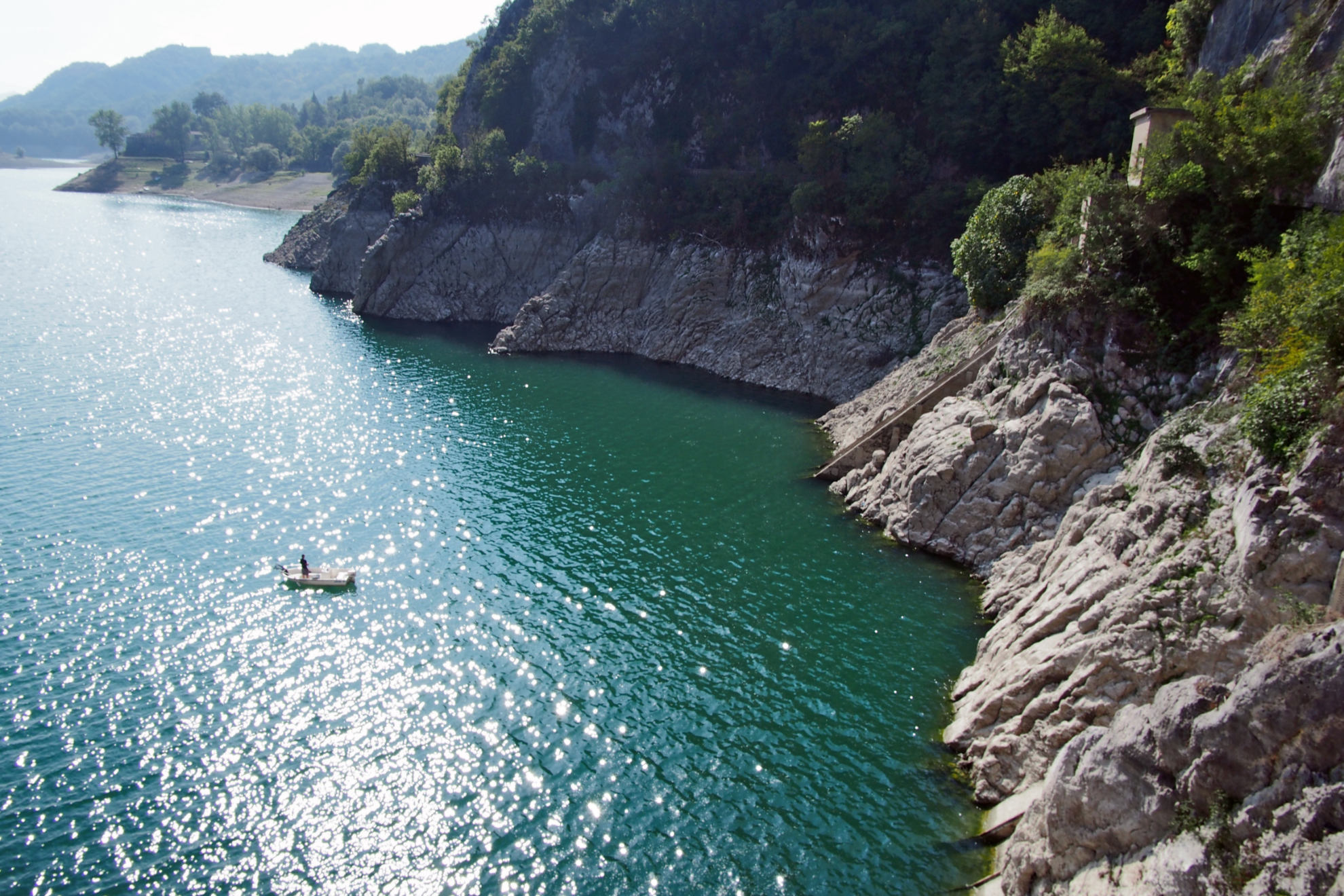
For some observer, the Valle del Salto is the “Switzerland of Italy”. Someone else has described it as a possible Atlantis. Beyond the often common definitions, the suggestions of this place are so strong that in 2013 the director Gabriele Salvatores shot a part of the film “Siberian Education”, from the novel by Nicolai Lilin, right among the fjords of the lake.
